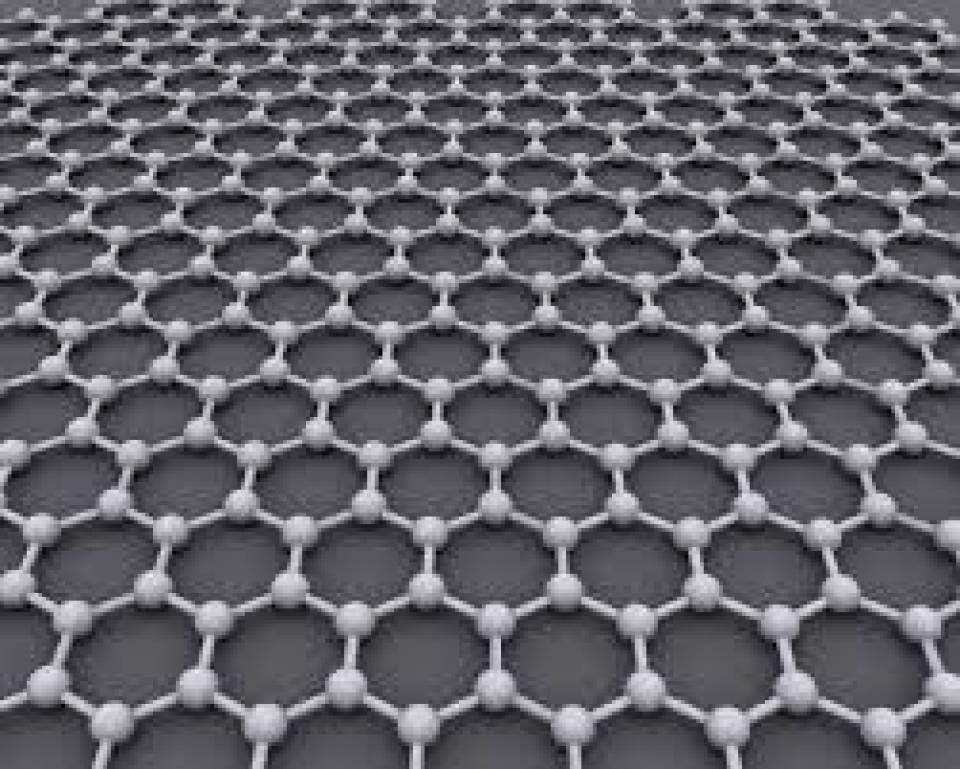The characteristics of graphene such as flexibility, high biocompatibility and conductivity can revolutionize the detection of brain signals. In the Neurographene project a multidisciplinary consortium of researchers will develop graphene-based multielectrode array (MEA) prototype to improve local stimulation and recording of brain activity. Involved scientists believe that, While the optimization of implanted MEAs is still a challenge in the neuroscience and surgical fields, the properties of graphene could overcome problems that the materials currently used have and provide additional benefits in the clinical neurological practice due to the compatibility with imaging techniques such as magnetic resonance (MRI).
About Graphene
Graphene is single layer of carbon atoms that was made and tested in Europe and led to the 2010 Nobel Prize in Physics for Andre Geim and Konstantin Novoselov from the University of Manchester. Besides of being the thinnest material ever obtained, it is very light and flexible and stronger than the diamond. The Graphene Flagship is part of the Future and Emerging Technologies (FET) Flagships and represents an investment of €1 billion over the next 10 years. This initiative places Europe in the driving seat for the global race to develop technologies derived from this material and is tasked with taking graphene form the academic laboratories into useful products for the European society.
Author of the graphene image: AlexanderAIUS

